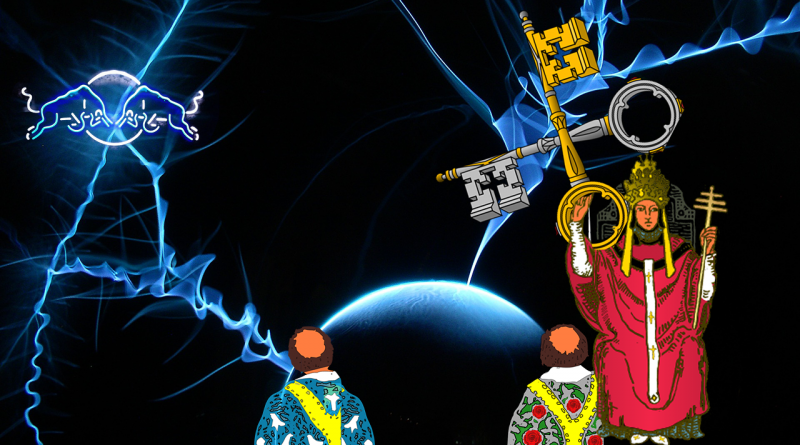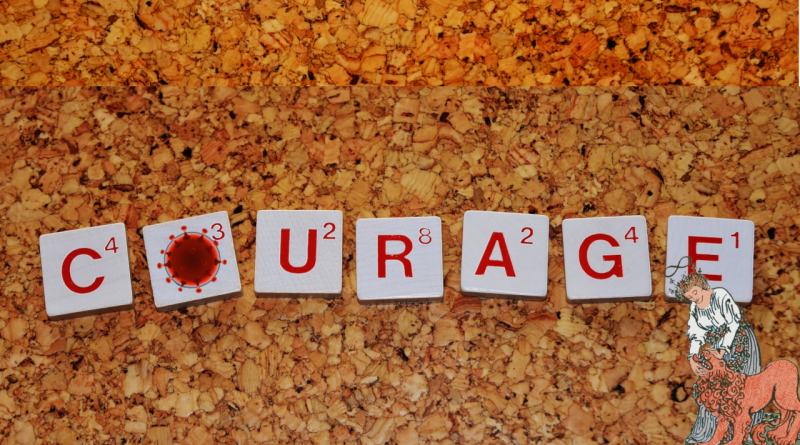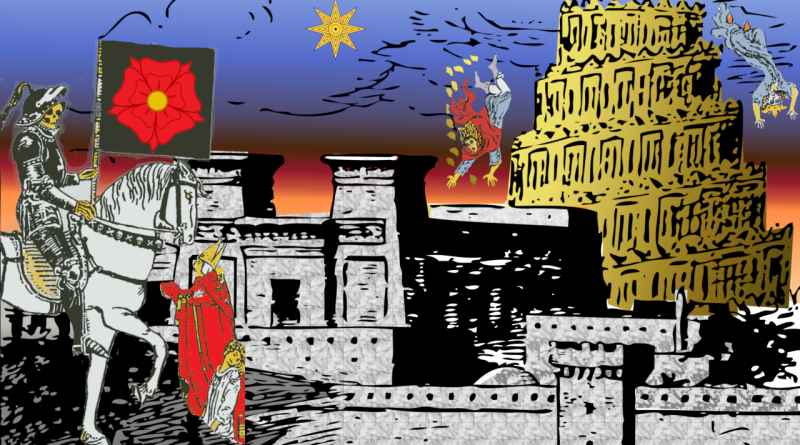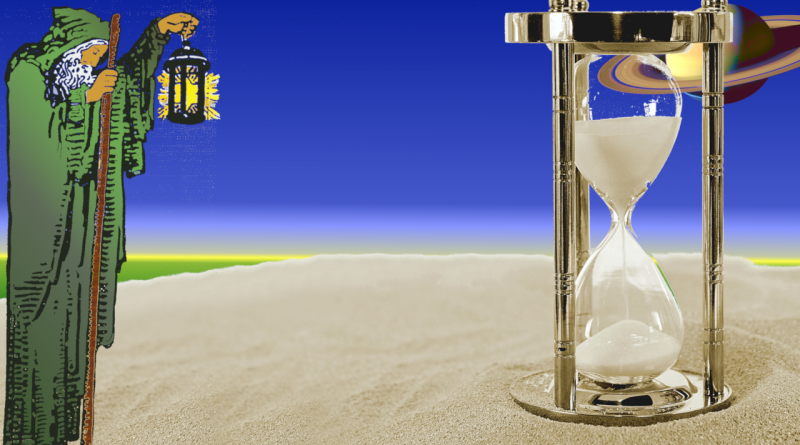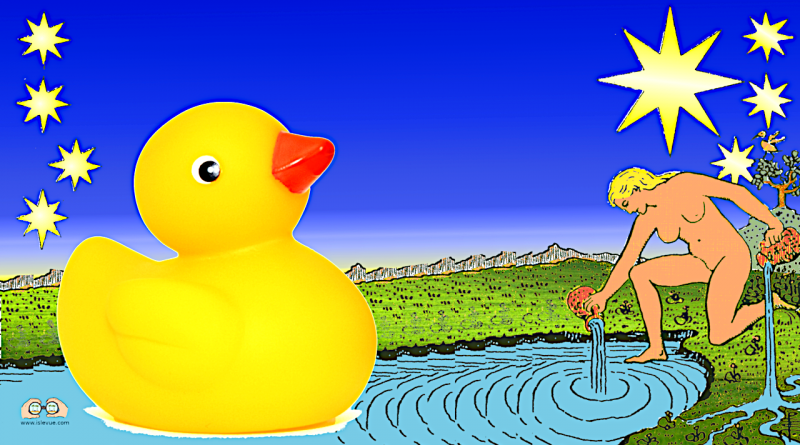The Power of the Keys
There is an essential tension between the Hierophant and the Pope of today: the papacy has shrunk in the centuries since the beginning of tarot, but the archetype underlying the card has not. Fortunately, Waite tells us in the Pictorial Key to the Tarot exactly how he wants those who use his deck to understand the Hierophant: "the Hierophant is the power of the keys." That happens to be an official Roman church doctrine. By looking closer at the doctrine, this article will focus on the approaches one might take in interpretation to compensate for the changes in the role of the Pope in every day life in recent centuries. We’ll also look at some of the other symbols in the Hierophant, namely, the two monks, the coin-like objects seemingly scattered on the platform at which the Pope sits, and even at the checkered designs in the floor of that platform. They all add nuance to how we should look at the card with the changeable name: Pope, Hierophant, High Priest, toe-may-toe, toe-mah-toe, let’s call the whole thing…
Read More